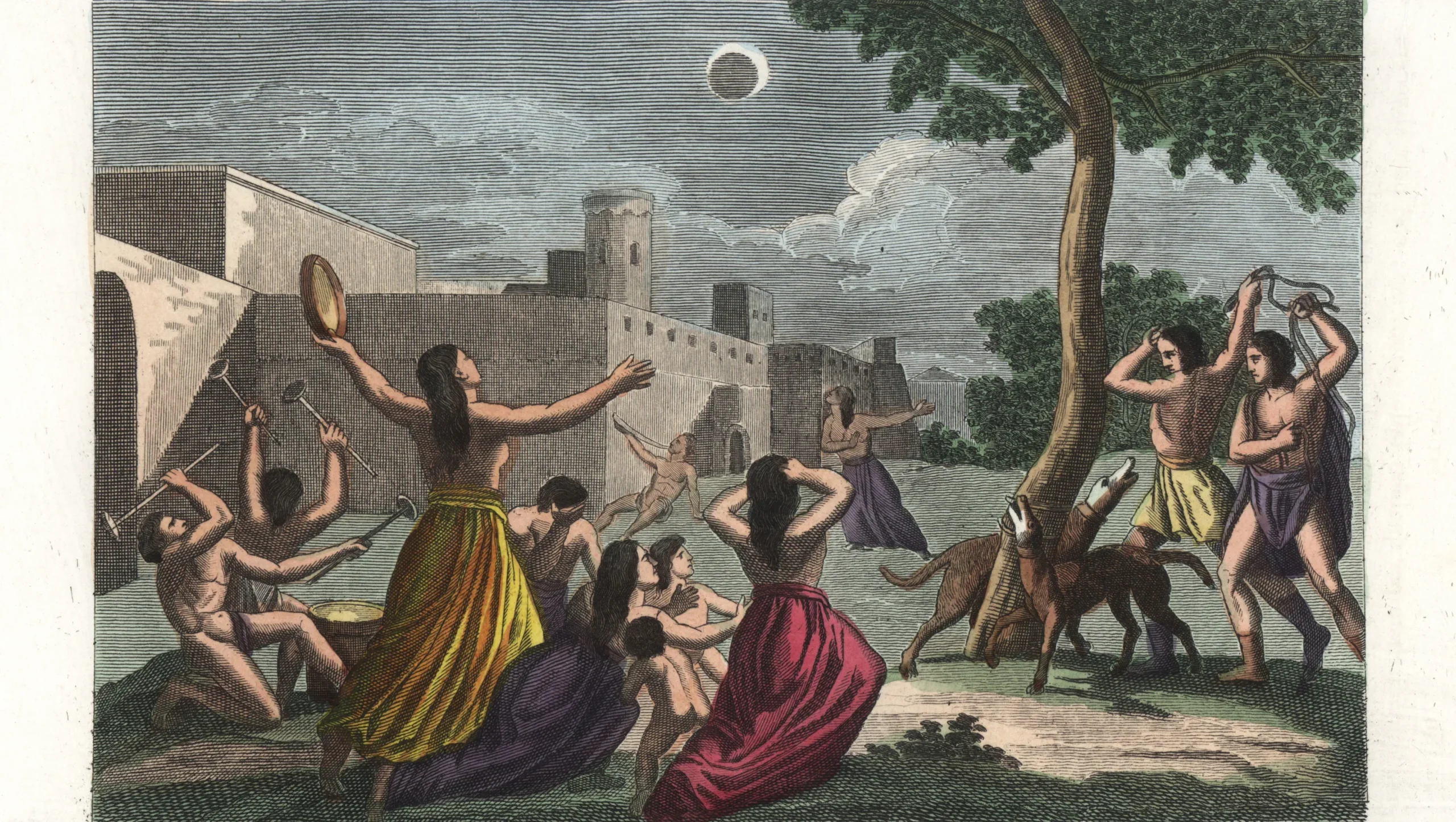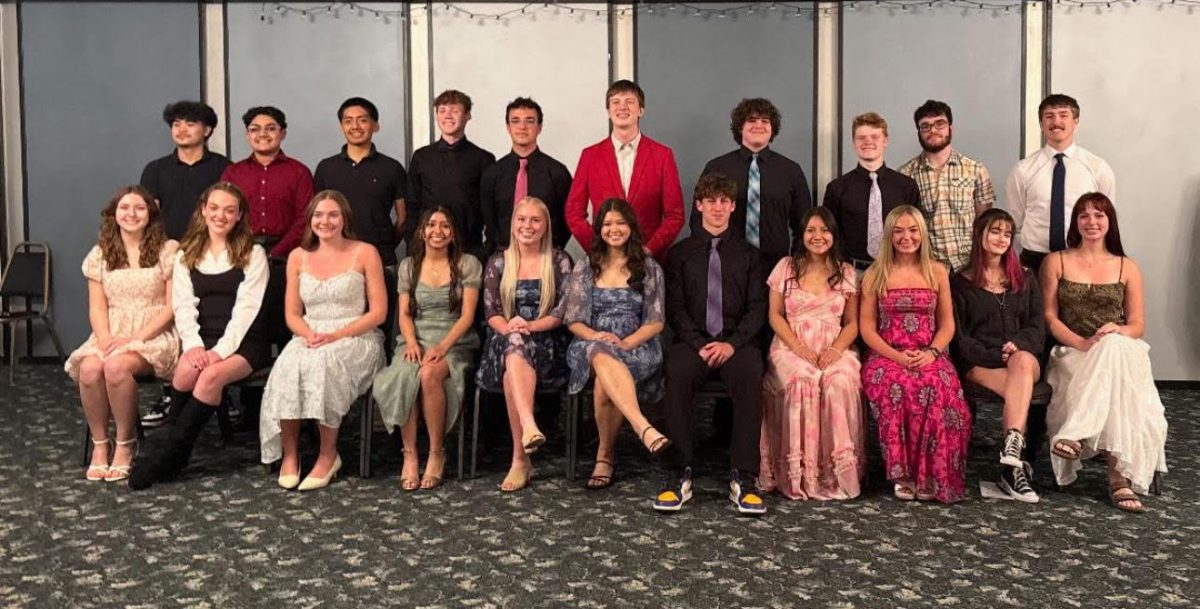On April 8, Seymour, Indiana will be within the total eclipse zone of a solar event that will cross from Texas to Maine. According to experts, the majority of total eclipse zones in any given area on Earth only happen once every hundred years, making this eclipse a near-historic occasion for the city. However, eclipses and the observation of them are nothing new and have been recorded for thousands of years.
The first recorded eclipse, archaeologists say, may have been recorded at the Loughcrew Megalithic Monument in Ireland around the year 3000 B.C. At the site, two concentric circles were found carved into a rock face next to the charred remains of 50 people, which is likely a representation of an early eclipse. About 2000 years later in China, records were taken of an eclipse with one saying, “The Sun has been eaten.” As well as Academic recordings, eclipses have also been mentioned in the Bible (talking about the Moon taking on a reddish hue at Jesus’ crucifixion) and in the Quran (mentioned before the birth of Mohammad).
A total eclipse is an event that a human may only witness once in their lifetime, making this a very important event for many in the Seymour community and those surrounding it. To look more closely at the history of eclipses and the importance they’ve had to society and science, visit NASA History.









